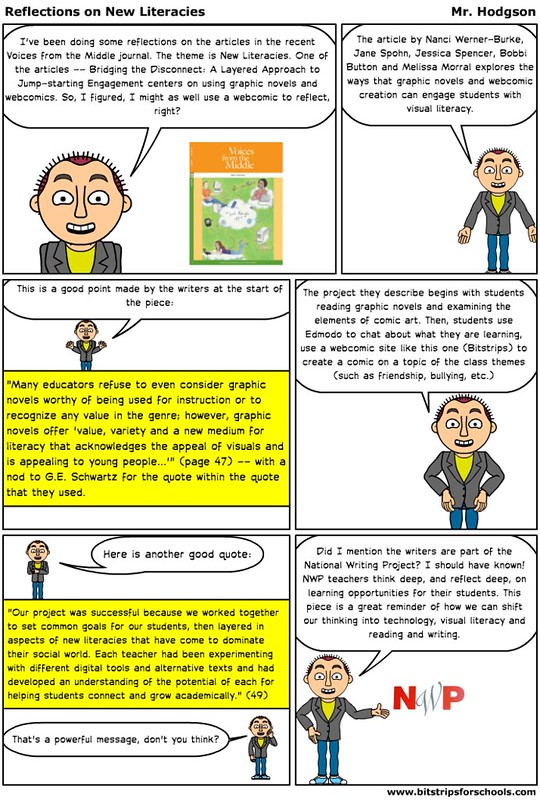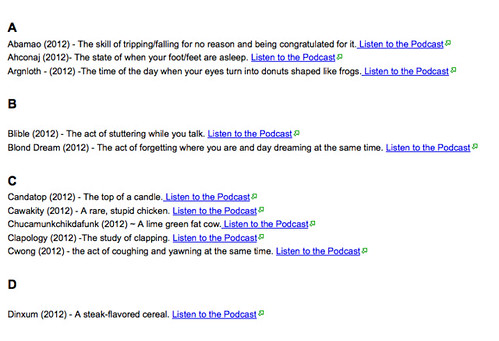
A few months ago, I was a keynote speaker at a National Writing Project conference down in Birmingham, and the other keynote speaker was author Sharon Draper. We had time to chat during our rides and in-between events, and what I didn’t want to say to her is: Sorry, Ms. Draper, I haven’t yet read your books. So, we talked about teaching and learning and other things. Her keynote address was just fantastic, too.
Now, I wish I had read her books. I wish I had read Out of My Mind before meeting her because I think I would have given her a huge hug and thanked her personally for telling such a rich and enriching story that touched me deeply as a reader. Like the other book I recently read (actually, I read it on the plane ride down to Birmingham that weekend I met Draper, as it turns out) that reached into expectations, limitations and compassion — Wonder by RJ Palacio — Draper’s Out of My Mind hits your heart in all the right places. If you are not effected by the story of Melody, who is silent on the outside due to cerebral palsy but never quiet on the inside, then you need to have your heart checked out.
I can’t think of a book that had a better beginning, either, where Melody (the narrator) tells us of all the words swirling around her head and how language and understanding came to her at an early age. If you love language — reading and writing — then the opening chapter is for you. Despite her love of words and language, Melody can’t speak more than a grunt, and she can’t really move without a wheelchair, and the world looks at her body and labels her “retarded” because we all too often associate a crippled body with a crippled mind. Melody is out to prove those assumptions wrong, but Draper wisely never preaches, nor does she resort to pity for her narrator, either. Melody is a fierce independent person who is lucky enough to be surrounded by a supportive family and circle of supportive adults who believe in her intelligence.
And when technology, in the form of a special computer that allows her to “talk” to the world through simple keyboarding commands, enters the story, Melody finally has the means to show the world just how smart she is, and nothing is ever the same for her again. She has photographic memory, among other attributes, that she uses to her advantage. Still, she has her share of harassment from other students in her inclusion classroom, and even doubts from some teachers, as the plot moves into Melody taking part in an academic competition and the role of a big sister (an event with the little sister will make your heart skip a beat).
Out of My Mind, with its eye-catching cover of a goldfish jumping out of a fishbowl, is now out in paperback and I am scrambling to see if our school might have some end-of-the-year funds to get a set of the books for my sixth graders. This book by Sharon Draper is a keeper, and a reason why fiction is both a powerful storytelling medium and a way to teach about life. I know that I, for one, will never look at another student in a wheelchair again in the same way. Melody taught me that.
Peace (beyond the surface of things),
Kevin


